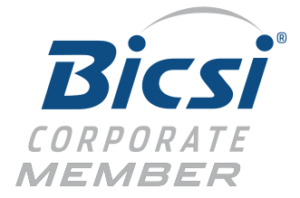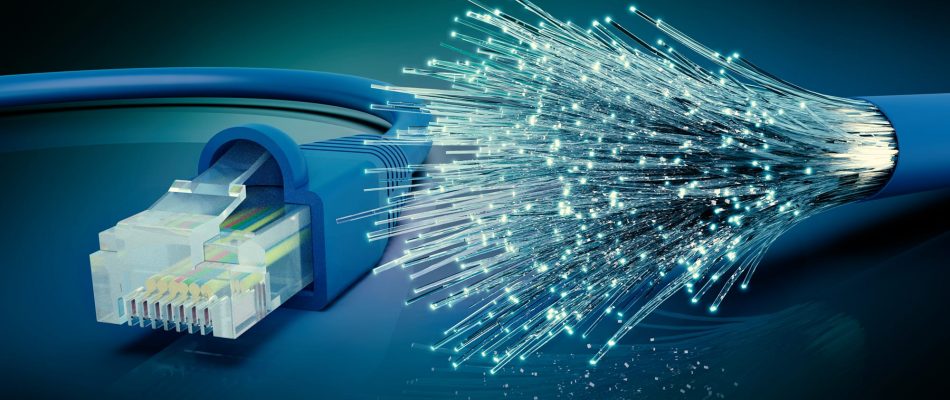If you’re building a network that requires long distances, high speeds, or heavy bandwidth connections, fiber optic cables are your best choice. The choice typically comes down to choosing between fiber optic cables or copper cables. Both cables transmit data but in very different ways. Copper carries electrical pulses along metal strands, while fiber optics carry pulses of light along flexible glass threads. Let’s take a closer look at why choosing fiber optic cabling is the best solution for your cabling systems.
Faster Transmission
Today we measure data transmission rates via bandwidth. It’s measured in gigabits of data per second (Gbps), and sometimes terabits per second (Tbps). Copper-based transmissions max out at 40 Gbps, while fiber optics can carry data at almost the speed of light. Fiber optic transmission has been tested to be measurable in hundreds of terabits per second.
Longer Distances
Both fiber optic and copper suffer from a weakened signal as the cable length increases. But fiber optic can transmit data over a much longer distance than copper. A copper cable’s effectiveness maxes out at around 330 ft. Fiber optic cabling, depending on the signaling and cable, can transmit to close to 30 miles. The comparison isn’t even close.
Interference Resistant
The electrical signaling in a copper network connection generates interference around the cables. If you have multiple cables running near each other, interference can bleed into nearby cables. The term for this is “crosstalk,” and it can result in expensive retransmissions and security risks. Because fiber optics are light transmissions, they do not generate any EMI.
Space Efficient
Unlike copper, fiber optics are extremely narrow. They’re so narrow, they’re measured in microns, or millionths of a meter. A common fiber optic strand is the same diameter as a human hair. A single standard category 6 copper cable is roughly four times the width of a fiber optic cables, and only carries a fraction of the data. Fiber optic cables take up much less space and are way more flexible and easier to manage. The freed-up space promotes better air circulation within a data center, makes access easier to manage, and looks better aesthetically.
Engineered for the Future
The amount of data individuals and businesses consume every year is increasing at a staggering rate. With this data consumption increase comes bandwidth increase requirements. Investing in a fiber optic cabling infrastructure allows your network to perform optimally today and far into the future without needing to upgrade cabling.
Want Fiber Optic Cabling for your Facility?
Communications Solutions, Inc has extensive experience in single and multi-mode fiber optic systems. These systems are primarily used as the backbone in large voice and computer cabling networks, where vast distances need to be covered. Whether you need single-mode, multi-mode, a short cable run, or need to connect multiple buildings that are miles apart, we can help your business in Jacksonville and the Northeast Florida area.
(904)-777-6656



